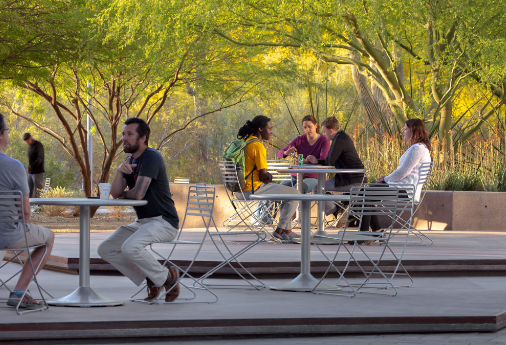Landscape architecture is an often-overlooked yet vital aspect of urban planning and environmental design. With increasing awareness of sustainable practices and the importance of green spaces, landscape architecture studios play a crucial role in shaping our surroundings. This article explores the multifaceted world of landscape architecture studios, their impact on communities, and their innovative design approaches.
The Role of Landscape Architecture Studios in Urban Development
Landscape architecture studios contribute significantly to urban development by creating functional and aesthetically pleasing spaces. They work on projects ranging from public parks to private gardens, balancing beauty with practicality. These studios prioritize environmental sustainability, often incorporating native plants and eco-friendly materials in their designs. By enhancing urban environments, they promote community well-being and encourage outdoor activities, making cities more livable.
Innovative Design Approaches in Landscape Architecture
Modern landscape architecture studios are increasingly adopting innovative design approaches that prioritize sustainability and resilience. From green roofs to rain gardens, these solutions address pressing environmental issues like stormwater management and urban heat islands. Many studios also leverage technology, using software for 3D modeling and virtual reality to visualize projects before implementation. This creativity not only enhances the functionality of spaces but also engages stakeholders in the design process, fostering a sense of ownership and community pride.
The Importance of Collaboration and Community Engagement
Collaboration is at the heart of a successful landscape architecture project. Landscape architects work alongside various stakeholders, including architects, engineers, and community members, to ensure designs meet the needs of all involved. Engaging with the community is particularly essential; it allows landscape architecture studios to gather insights and preferences, creating spaces that resonate with local cultures and traditions. This collaborative approach fosters stronger relationships between residents and their environment, leading to more successful and enduring designs.
In conclusion, landscape architecture studios are vital players in shaping sustainable, beautiful, and functional environments. Whether they are designing new parks or enhancing existing spaces, their work profoundly impacts communities. To learn more about the fascinating world of landscape architecture and how you can contribute to creating better outdoor spaces, consider reaching out to a local studio or exploring educational resources in this field.

